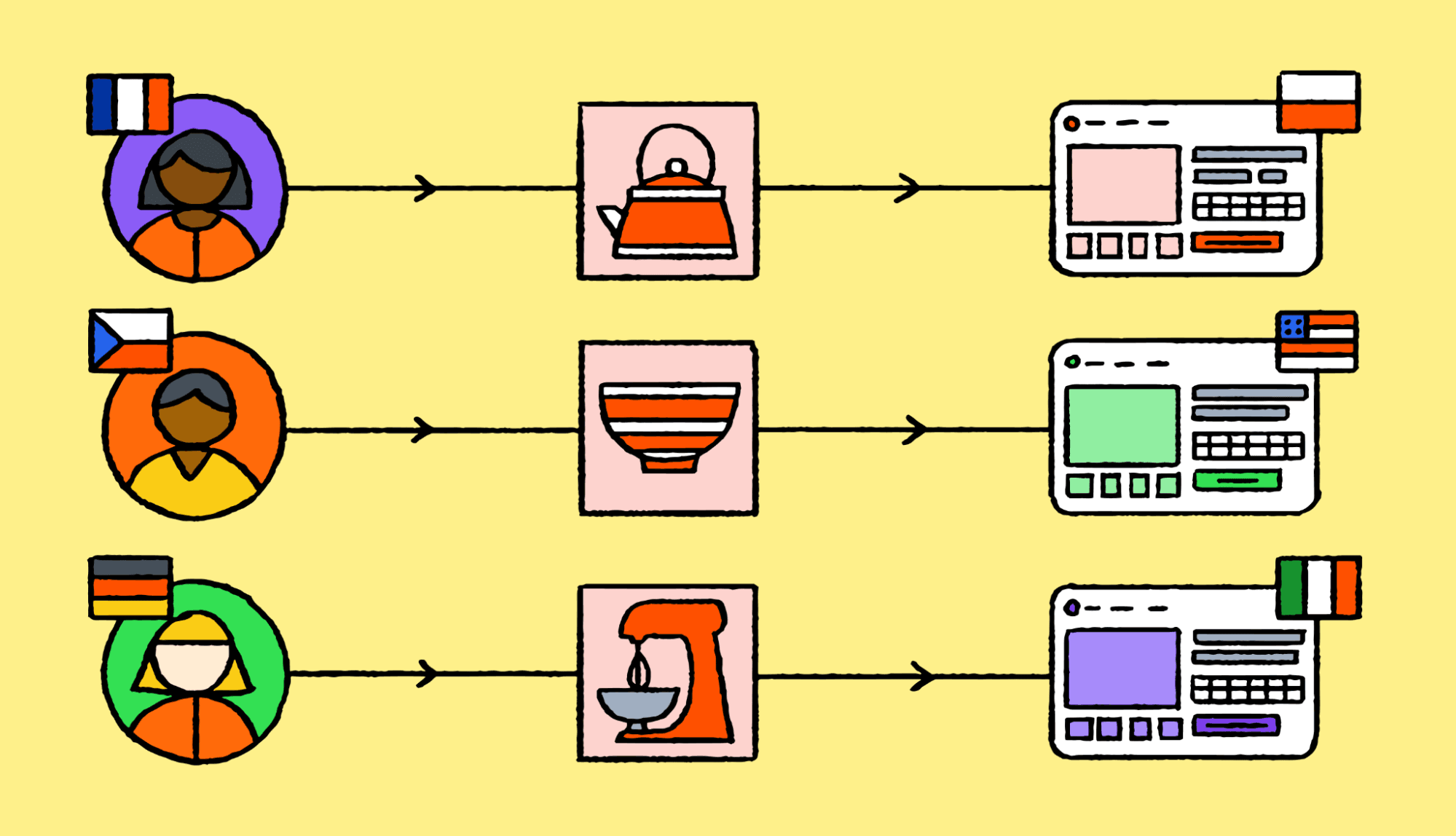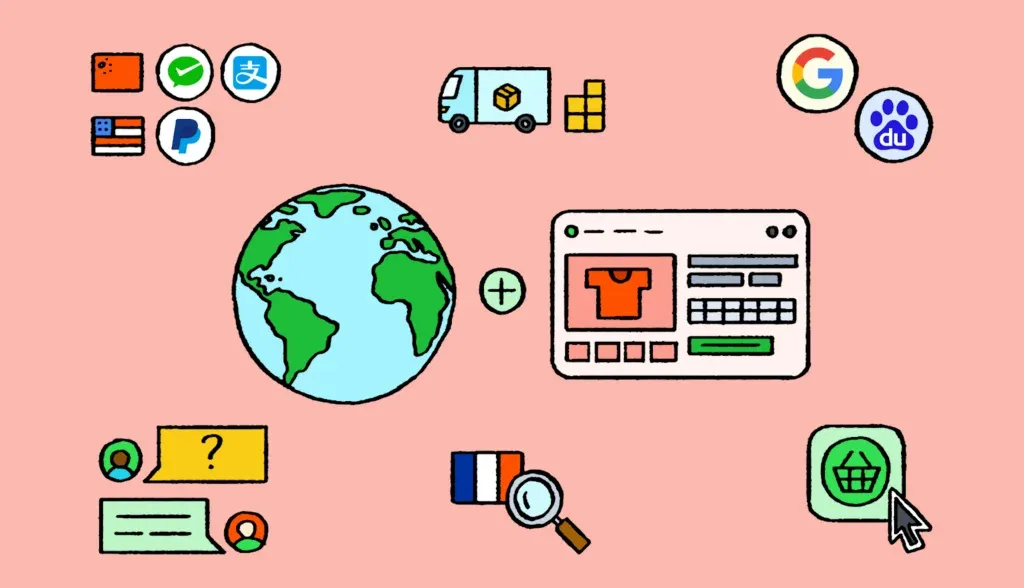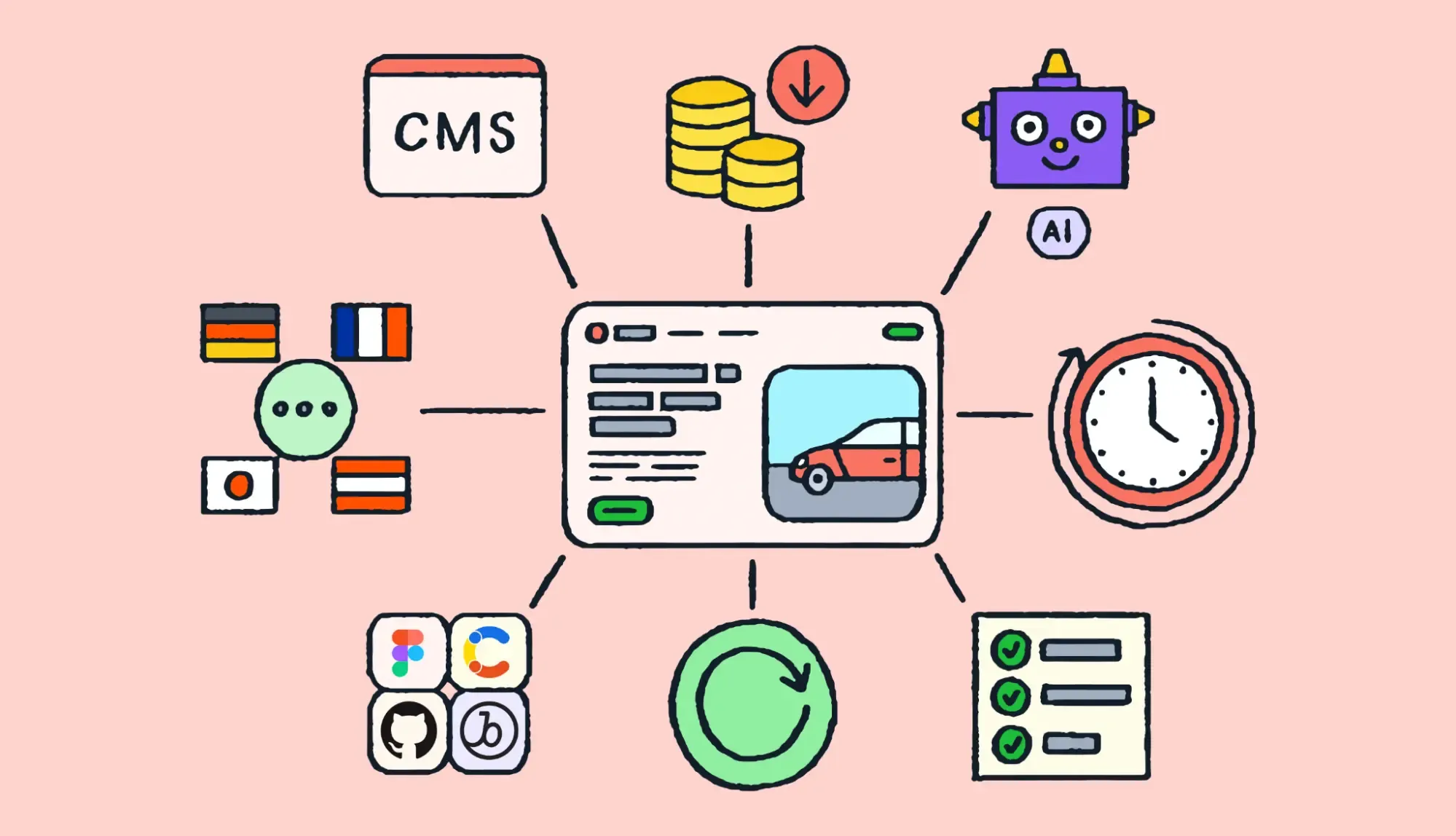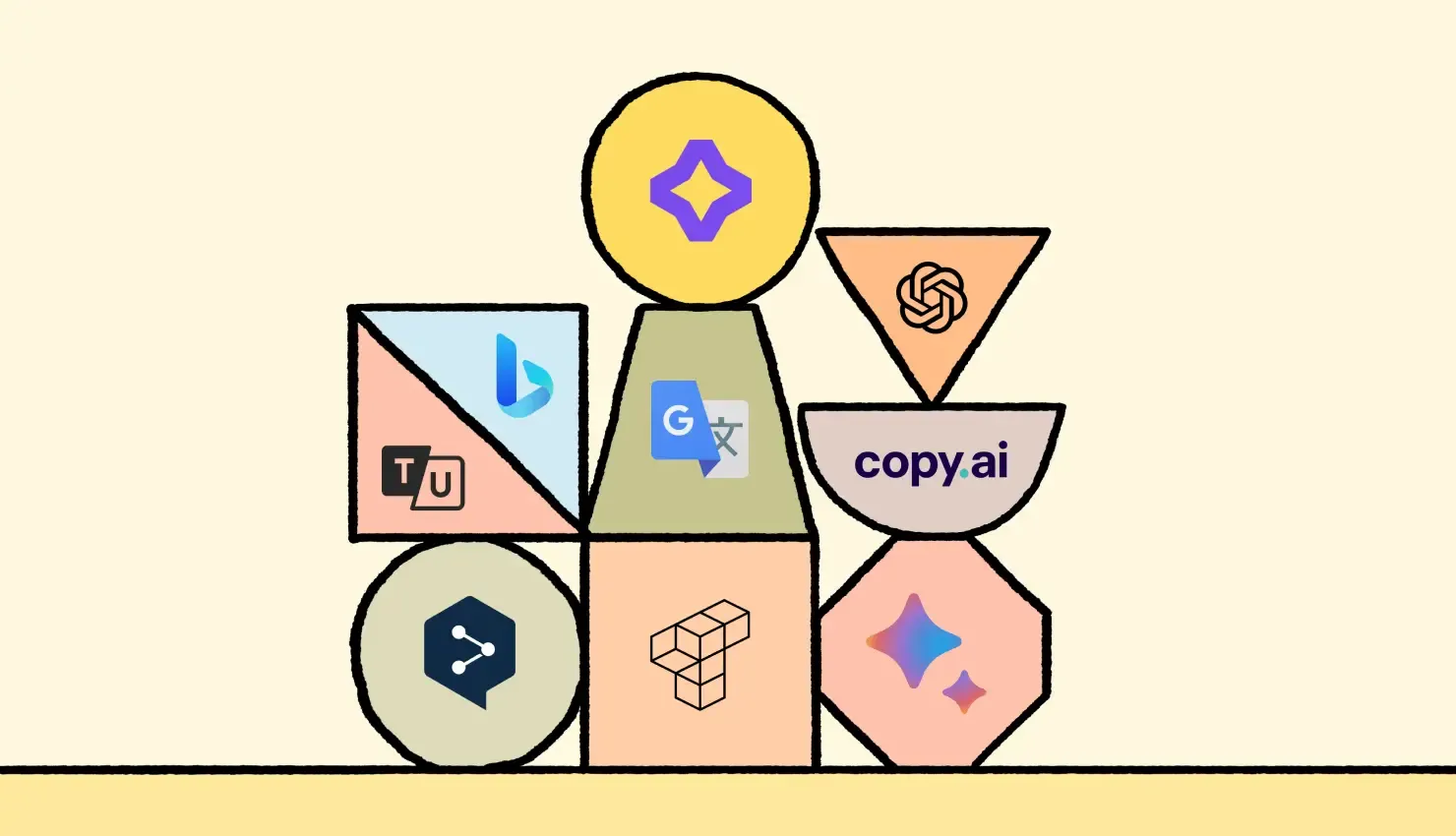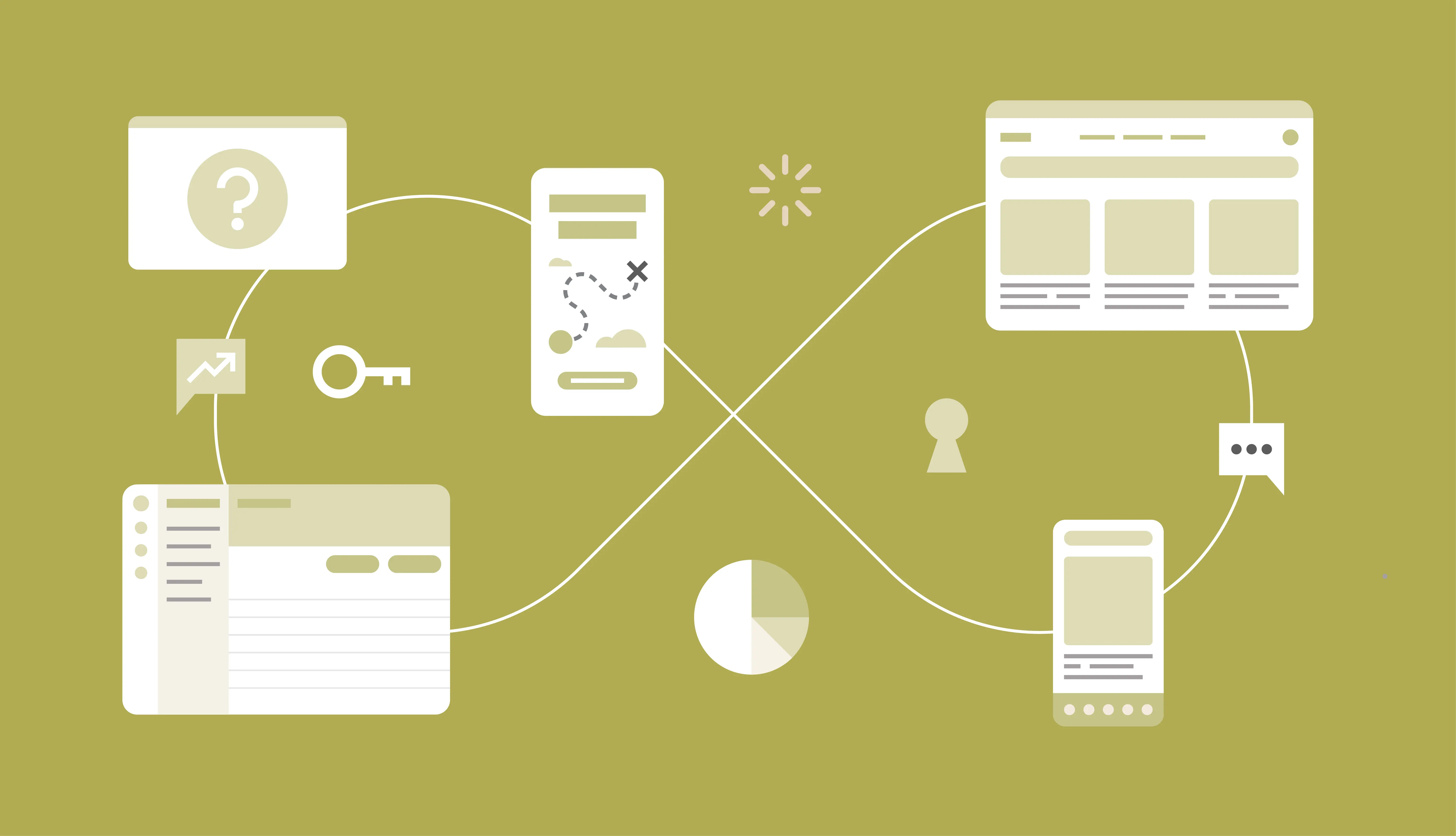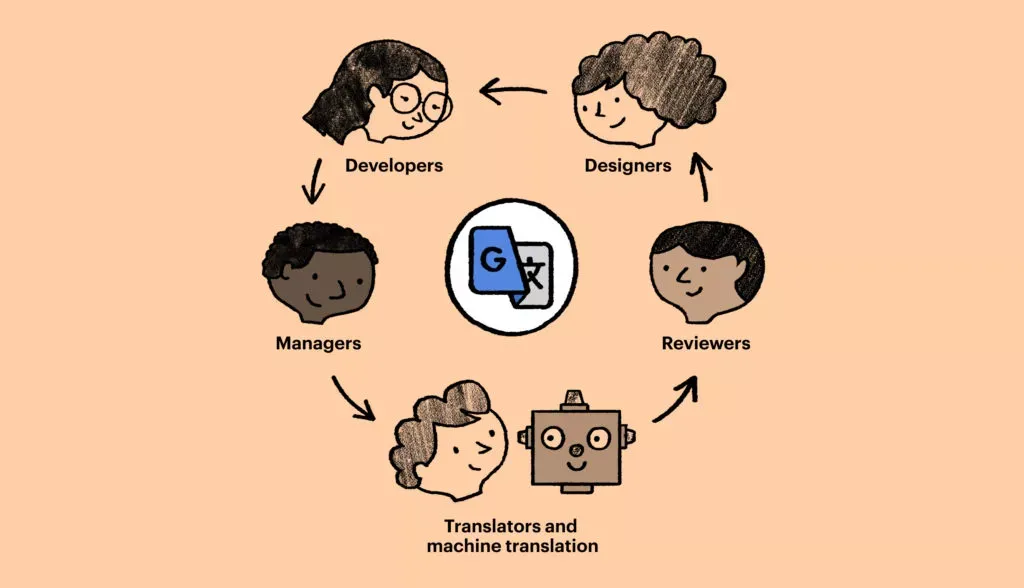Cross-border ecommerce: A complete guide
Shopping habits have drastically changed in some countries since Covid-19. Think cash-reliant societies and cultures where in-person shopping was the norm, and who now have the habit of shopping online. It opened new doors for ecommerce, and led to a sharp rise in cross-border ecommerce.
Updated on September 20, 2024·Mia Comic International ecommerce for small and medium businesses looking to expand globally
The global ecommerce market is booming. It’s expected to grow by more than 50% over the next 5 years, showing that there’s a great opportunity to branch out into foreign markets. The problem is ecommerce stores face a myriad of challenges when expanding globally. In this guide, you’ll learn everything there is to know about international ecommerce, i
Updated on September 20, 2024·Rachel Wolff Shopify multi-language guide: How to translate your store
Do you want to expand your store’s reach and sell internationally? You could offer international shipping to customers and let anyone from almost anywhere in the world buy your products. But why stop there? Emulate the big brands and create a multi-language Shopify store instead. According to Shopify, brands see an average 13% increase in conversion rates when translating stores into different languages. Effective
Updated on September 20, 2024·Mia Comic Automatic translation: how to make the most of it
Have you ever wondered how apps like Google Translate work so fast? That’s the power of automatic translations. These translation tools are powered by technology that turns text from one language into another in seconds. The main benefit of automatic translations reflects in speed and convenience. Whether you’re traveling, chatting with someone who speaks another language, or looking to quickly translate your website, it’s instant and easy. Plus, the tools are either f
Updated on January 26, 2025·Rachel Wolff We tested top 10 AI translation tools so you don’t have to
Can AI translation tools really replace human translators? The debate around AI vs human translation is ongoing. Not quite, but they can still save you tons of time and effort. At Lokalise, we tested the top ten AI translation tools to find out which ones are worth your attention. If you’re wondering what is AI translation, it refers to the use of
Updated on March 25, 2025·Rachel Wolff Key vs file-based translation management systems (TMS): challenges and benefits
In this blog post, we will explore the benefits and challenges of key-based vs file-based translation management systems (TMS), and how to choose the right tool for your localization projects to achieve a successful continuous localization workflow. With the rise of Agile methodologies and
Updated on September 23, 2024·Victoria Milton Is Google Translate accurate? Google vs DeepL
How many times have you used Google Translate and then wondered how accurate the translation is? Unless you know both the source language and the target one, it’s really hard to tell. Neural machine translation engines like Google Translate have improved a lot over the years. They are not perfect, but they can help you translate content much faster. Let’s take a closer look at how accurate Google Translate is, and whether you can trust it without involv
Updated on April 4, 2025·Stefanos Bournias How to choose the best machine translation software for your company
Choosing the right machine translation software can feel like picking a needle out of a haystack. With so many options claiming to deliver fast, accurate translations, how do you know which one is the right fit for your business? Whether you’re translating marketing campaigns, technical documents, or customer support materials, the stakes are high. Your brand’s voice and accuracy depend on it. This guide breaks down everything you need to cons
Updated on November 27, 2024·Alexander Pereverzevs 